Solution Architecture
We help you audit and assess your existing data architecture and implement your target architecture. Whether you are handling batch or streaming data, we can help you plan and implement modernization of your data architecture. Our subject matter experts will work with you to find which of them will be the most suitable for a particular project. It’s an intensive task requiring technology assessment and comparison to create an empowered, scalable, and feasible solution architecture through selection of technologies for product development.
Throughout the process our aim is to ensure that all their requirements are taken into account. Stakeholders are regularly informed about product development processes, costs, and budgeting.
Our expert solution architect translates technical project details into a language that management and non-technical stakeholders can understand decrypting certain project details including but not limited to:
Accounting for project constraints
Each project has its limitations usually referred to as constraints. These include:
- Technology
- Risks
- Scope
- Cost
- Quality
- Time
- Resources
For instance, a product is built with technologies that must suit the requirements of its particular modules. A project scope is a part of software documentation that defines specific goals, tasks, features, and functions. All projects also have an allocated budget.
While these aspects are constraints in themselves, each of them has its own limitations. The solution architect must understand all these constraints, compare them, and then make a number of technological and managerial decisions to reconcile these restrictions with project goals.
Selecting the project technology stack
A vital part of creating solution architecture is the selection of technologies for product development. The technical architecture strategy will directly depend on the chosen technology stack. There are a lot of different practices associated with platforms, programming languages, and tools. The solution architecture function here is to find which of them will be the most suitable for a particular project. It’s not an ordinary task requiring technology assessment and comparison.











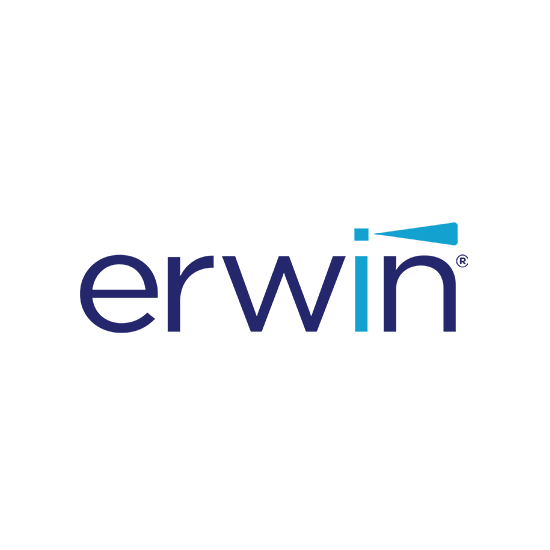
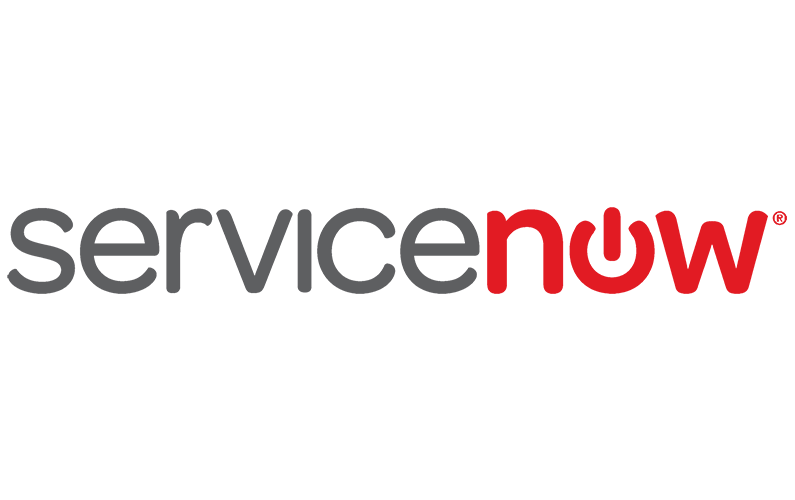
Compliance with non-functional requirements
All software projects have to meet a number of non-functional requirements that describe the characteristics of the system. These are also known as quality attributes. While the exact list of non-functional requirements depends on the complexity of each individual product, the most common of them are
- Security
- Performance
- Maintainability
- Sccalability
- Usability
- Reliability
The solution architect’s role is to analyze all non-functional requirements and ensure that further product engineering will meet them.
Data Integration Solutions
Intelsoft Services combines the potential of data sourced from disparate sources using various access methods to provide a unified view of data. Our complete data integration solutions enable enterprise data channels to deliver data from trusted sources in a timely manner that has been cleansed and transformed into meaningful and valuable information.
Methods of data integration can include
- Accessing databases (JDBC, ODBC)
- Parsing formatted files (fixed width, delimited, CSV, XML)
- Extracting archives (ZIP, JAR, TAR)
- Retrieval from file transfer (FTP, SCP)
- Messaging (JMS, AMQP)
- Consuming web services (SOAP, REST)

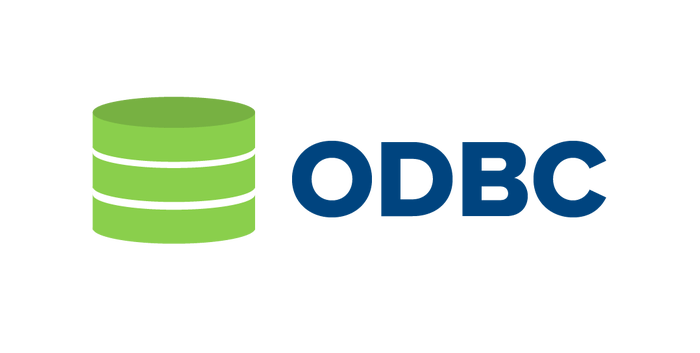


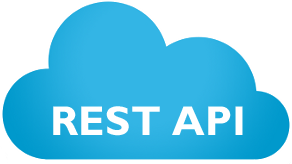
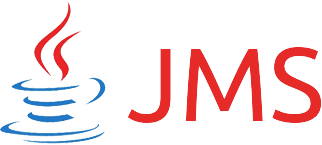

A data integration strategy commonly uses one or more of the following practices:
-
Extract, Transform, Load (ETL)
- Extract from source, transform into structure, and load into target. -
Enterprise Information Integration (EII)
- Extract from source, transform into structure, and load into target. -
Enterprise Data Replication (EDR)
- Synchronization from real-time processing of captured data changes. -
Enterprise Application Integration (EAI)
- Middleware that enables integration of systems and applications.
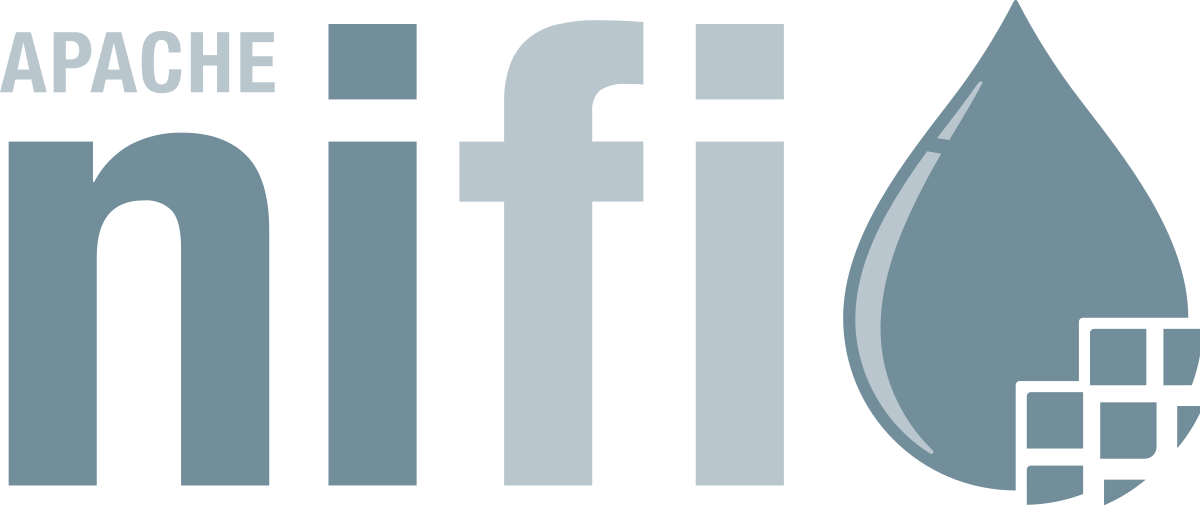


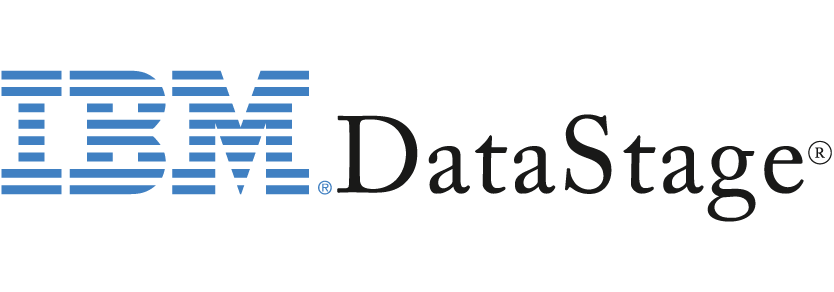



Master Data Managment
Intelsoft has mastered it ability using Master data management (MDM) to link all of its critical data to a single source, called a master file, that provides a common point of reference. MDM maintains a consistent view of core business entities, which consists of data spread across a range of application systems.
The categories of data managed by MDM varies by industry and organization, but typically includes customers, suppliers, products, employees, and finances. When MDM is used to handle customer data, it is called customer data integration (CDI). Techniques for implementing a MDM system include:
- data consolidation to a single data store
- data federation for a single virtual view of data
- propagation from the master file to other systems using canonical data exchange formats.
The primary MDM architectural styles that have been identified by data management consultants and MDM software vendors include the following:
In addition to a master data storage repository and software to automate the interactions with source systems, a master data management framework typically includes change management, workflow and collaboration tools. Another available technology option is using data virtualization software to augment MDM hubs; it creates unified views of data from different systems virtually, without requiring any physical data movement.
Application Integration
Our Enterprise application solutions are driven by data that is sourced from systems spread across the enterprise. Application integration system sources and combines data into a single application database to support the operation of that application. Application integration software can orchestrate this process, serving as middleware between systems.
Application integration is also a way for companies to connect cloud-based and SaaS applications to on-premises and legacy systems so employees can use newer tools and technology with existing systems.
Benefits of application integration include following:
- Saving time: Integrating the data from two or more applications can reduce the tedious work of transporting data back and forth manually
- Increasing functionality: Combining the capabilities of multiple applications, such as a banking app with a bookkeeping app, makes work more efficient, increases productivity and adds value to the user.
- Encouraging the exchange of information: Connecting applications throughout the organization eliminates silos that prevent various teams and departments from sharing ideas. Application integration helps foster a culture of collaboration.
For one of our prestigious retail clients, a data integration channel was used at retail point of sale system needs item and prices from the merchandising system and sales tax rates from the tax system. Using a structured framework or middleware for application integration our experts at Intelsoft reduced dependencies, complexity, and impromptu point-to-point connections between systems in the enterprise.
Data Warehouse, Data Hub, Data Lake
We build and support enterprise data warehousing systems for data integration, data enrichment and business intelligence, including reporting and data analysis. They are central repositories of integrated data from disparate sources of data, storing current and historical data from multiple areas of the business. The main source of the data is cleaned, transformed, cataloged, and made available for data mining, online analytical processing, market research, and decision support.
We help integrate Data Hub as a gateway through which virtual or physical data is merged, transformed, and queued up for passage to another destination. That destination might be an application or a database or some other kind of repository (such as a data lake or data warehouse). In any event, data in a data hub is transient; it is not locally stored and has no persistence.
We help build Data lake repositories for persisting all sorts of enterprise level data. Data lakes help enable ingesting and managing almost any type of data and as exemplified by Hadoop (historically the most popular type of data lake), they provide tools for enriching, querying, and analyzing the data they hold.
Our Data Warehouse solutions are scalable and best in class for efficiently persisting and primarily storing structured data, incrementally built over time from multiple downstream data source silos. A data warehouse also differs from a data lake in that it requires some sort of data hub technology to prepare the data for ingestion.
Today’s cloud-based repositories, including AWS S3, Microsoft Azure ADLS, and Google Cloud Store, look very much like Data Lakes in the Cloud. Similarly, cloud-based offerings like Snowflake look very much like Enterprise Data Warehouses but in the cloud
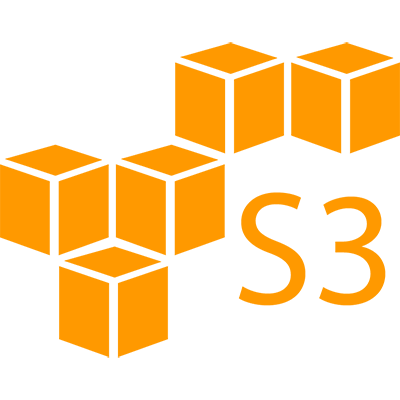
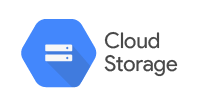
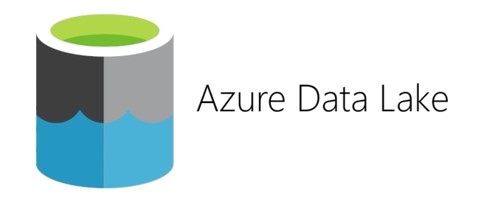

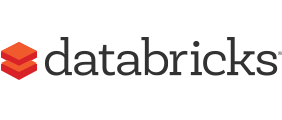
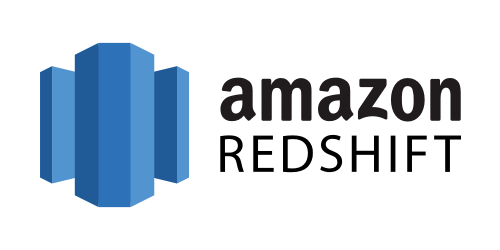
A simpler form of the data warehouse is the data mart, which is focused on a single subject area, such as sales, marketing, or finance. A less formal version of the data warehouse is a data lake, which contains all organizational data in raw form without any transformation.
Data Migration
Data migration is a process of transferring from one storage type to another, which is commonly used during server or storage replacements, upgrades, application migration, and data center relocation. Data from the old system is mapped to the new one using a programmatic approach that extracts, transforms, and loads data.
Our strategic migration plans focus on and take into consideration following critical factors:
In addition to a structured, step-by-step procedure, a data migration plan usually includes a process for bringing on the right software and tools for the project.
Automated data cleaning is often performed as part of the migration to improve data quality by de-duping data, removing obsolete data, and re-formatting data. After loading the new system, the results are verified to determine that data was translated accurately. Both systems may run in parallel for a period to ease the transition and identify areas of disparity.
- Toronto, ON
- +1 289 512 2199
-
info@intelsoft.ca
support@intelsoft.ca

